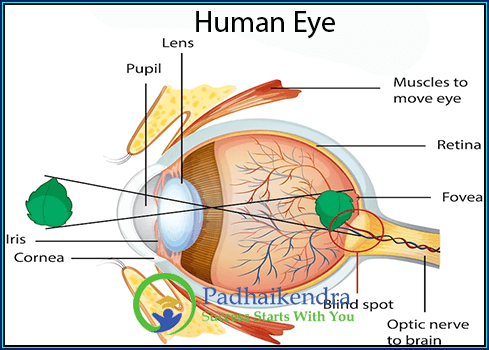The concept of frequency is crucial in understanding the behavior of vibrating systems. Whether it’s a pendulum swinging back and forth, a guitar string vibrating, or an electron oscillating, the frequency of oscillation determines the rate at which these systems move. In this article, we will study the details of frequency, explore its calculation formula, discuss factors that affect it, and highlight its significance in various fields.
Frequency of Oscillations Definition
Frequency refers to the number of complete oscillations or cycles occurring in a unit of time. It is commonly measured in hertz (Hz), which represents one cycle per second. The higher the frequency, the more oscillations occur in a given time interval.
Calculation Formula:
The formula to calculate frequency is as follows:
Frequency (f) = 1 / Time Period (T)
Where Frequency (f) is measured in hertz (Hz), Time Period (T) is the duration taken to complete one full oscillation and is measured in seconds (s).
Factors Affecting Frequency of Oscillations
 Length or Size: In vibrating systems, the length or size of the object or medium can affect the frequency. For example, in a guitar string, shorter strings produce higher frequencies (pitch) compared to longer strings.
Length or Size: In vibrating systems, the length or size of the object or medium can affect the frequency. For example, in a guitar string, shorter strings produce higher frequencies (pitch) compared to longer strings.
Stiffness or Elasticity: The stiffness or elasticity of a material or object influences its frequency of oscillation. Stiffer objects tend to vibrate at higher frequencies, while more flexible objects vibrate at lower frequencies.
Mass: The mass of an object affects its frequency of oscillation. Heavier objects tend to vibrate at lower frequencies, while lighter objects vibrate at higher frequencies.
Damping or Resistance: The presence of damping or resistance in a vibrating system can affect the frequency. Damping refers to the dissipation of energy, causing the amplitude of oscillations to decrease over time. Higher damping leads to lower frequencies.
Air Resistance: In the case of objects moving through the air, such as pendulums or vibrating objects, air resistance can influence the frequency of oscillation. Air resistance acts as a damping force, slowing down the motion and reducing the frequency.
Friction at the Point of Suspension: The presence of friction at the point of suspension can affect the frequency of oscillation, especially in pendulums. Frictional forces can dissipate energy, causing the amplitude of the pendulum’s swing to decrease and altering the frequency.
Non-uniformities in the Pendulum’s Mass Distribution: If a pendulum has non-uniformities in its mass distribution, such as a concentrated mass at one end, it can affect the pendulum’s center of mass and alter the frequency of oscillation.
It is important to note that the effect of these factors on frequency can vary depending on the specific vibrating system and its characteristics. By considering these factors, researchers and engineers can better understand and control the behavior of vibrating systems, leading to improvements in various applications ranging from musical instruments to mechanical engineering designs.
Significance of Frequency of Oscillations
Musical Notes: In the realm of music, frequency determines the pitch or musical notes produced by vibrating objects, such as strings, vocal cords, or air columns in instruments.
Resonance: Understanding frequency is crucial in resonance phenomena. When a vibrating system matches the natural frequency of another system, resonance occurs, leading to amplified vibrations and potentially destructive effects. This principle is utilized in musical instruments, wireless communication, and structural engineering.
Physics and Engineering: Frequency analysis plays a vital role in various branches of physics and engineering. It helps in studying wave properties, electromagnetic radiation, electronic circuits, seismic waves, and more. By analyzing frequencies, scientists and engineers can gain insights into the behavior and characteristics of physical systems.
Frequency is a fundamental concept in understanding the motion and behavior of vibrating systems. It quantifies the number of oscillations per unit of time and is measured in hertz (Hz). Factors such as length, stiffness, mass, and damping influence the frequency of oscillations. The understanding of frequency has practical applications in music, resonance phenomena, and various scientific and engineering disciplines.





